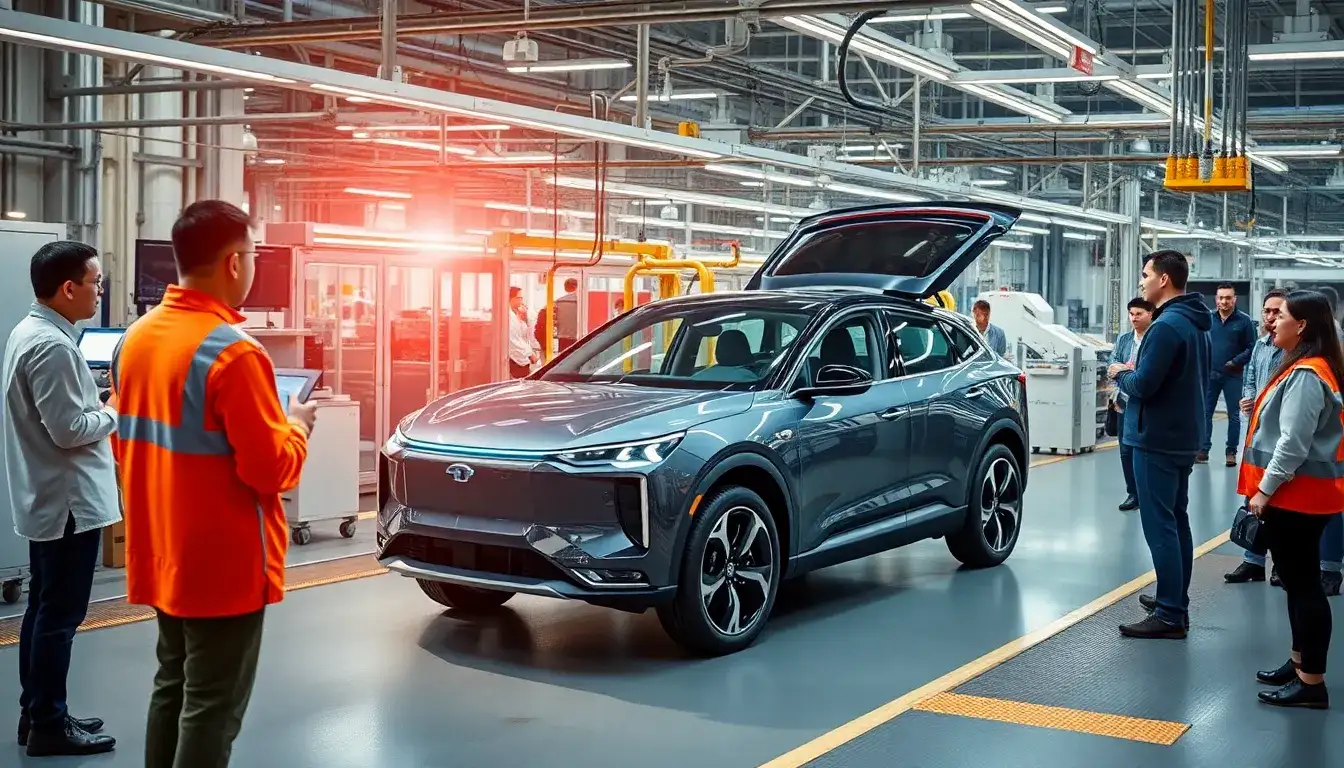
In response to skepticism surrounding its innovations, BYD has confidently announced that it will begin mass production immediately following the launch of its “Super e-Platform.” This approach not only demonstrates BYD’s confidence in its technological capabilities but also reflects a deep understanding of industry dynamics: in the realm of new energy, transforming technology into tangible products is essential for advancing green transportation.
The core competitiveness of the BYD Super e-Platform lies in its systematic technological breakthroughs, featuring 11 “world firsts” that address critical pain points in the new energy sector. The megawatt-level fast charging technology boasts charging power exceeding 1000 kW, enabling a remarkable “5-minute charge for 500 kilometers” range, directly competing with traditional fuel vehicles in energy replenishment efficiency. The high-performance motor, which can reach 30,000 RPM, breaks the physical limits of conventional motors, achieving a balance between high power density and low energy consumption, ensuring that vehicle performance and range are no longer mutually exclusive. Additionally, the high-voltage silicon carbide modules enhance the efficiency of the electronic control system while reducing energy loss, providing safety for super high-voltage platforms. The collaborative effects of these technologies not only elevate vehicle performance but also reshape the energy replenishment experience for users.
BYD is not content with just laboratory metrics; it is translating technology into market-ready solutions. In April, alongside the launches of the Han L and Tang L models, the first 500 megawatt fast charging stations will go live, strategically located along major highways and commercial areas in key cities. This “immediate rollout upon announcement” strategy challenges the industry norm of “concept-first, production-later.”
Addressing skepticism directly, BYD has invited users to experience the charging process firsthand. After the first fast charging stations open, users will be able to witness the charging of a battery from 10% to 80% within just five minutes. This transparent approach stems from solid foundational technology. Rather than repeatedly explaining in public forums, BYD believes in letting users experience the facts for themselves. This “let the facts speak” strategy is gradually shifting market perceptions—establishing trust with users is as vital as the innovation itself.
The ongoing debates over technological pathways in the new energy sector—such as the competition between lithium iron phosphate and ternary lithium batteries, solid-state versus hydrogen fuel cells, and the choice between supercharging and battery swapping—have never ceased. BYD offers a broader perspective: “Different small paths, but the overall direction is aligned.” Technology should embrace diversity, and this open stance reflects a profound insight into the essence of the new energy industry. No single company can cover all scenarios; creating a “blooming ecosystem” is crucial for accelerating the transition away from fuel vehicles. As BYD aptly states, “The path to electrification is wide enough to accommodate all good technologies.”
Currently, the global new energy industry has entered a “deep water zone,” with technology pathways converging, energy replenishment networks expanding rapidly, and user demands becoming increasingly nuanced. During this phase, companies must possess both the ambition for “breakthroughs” and the vision for “ecosystem co-construction.” The launch of the BYD Super e-Platform embodies this logic—setting a benchmark with robust technology while uniting industry consensus through an open ecosystem, ultimately transforming green transportation from an option into a necessity.
In conclusion, the journey from skepticism to validation and from concept to mass production of the BYD Super e-Platform reflects the transformation of China’s new energy industry from following trends to leading them. As megawatt fast charging stations proliferate and high-speed motors drive vehicles forward, it will become clear that what was once deemed as “too advanced technology” is merely a glimpse of the future arriving ahead of schedule. In this transformative process, allowing every user to feel the warmth of the future is more important than the technical parameters themselves.







